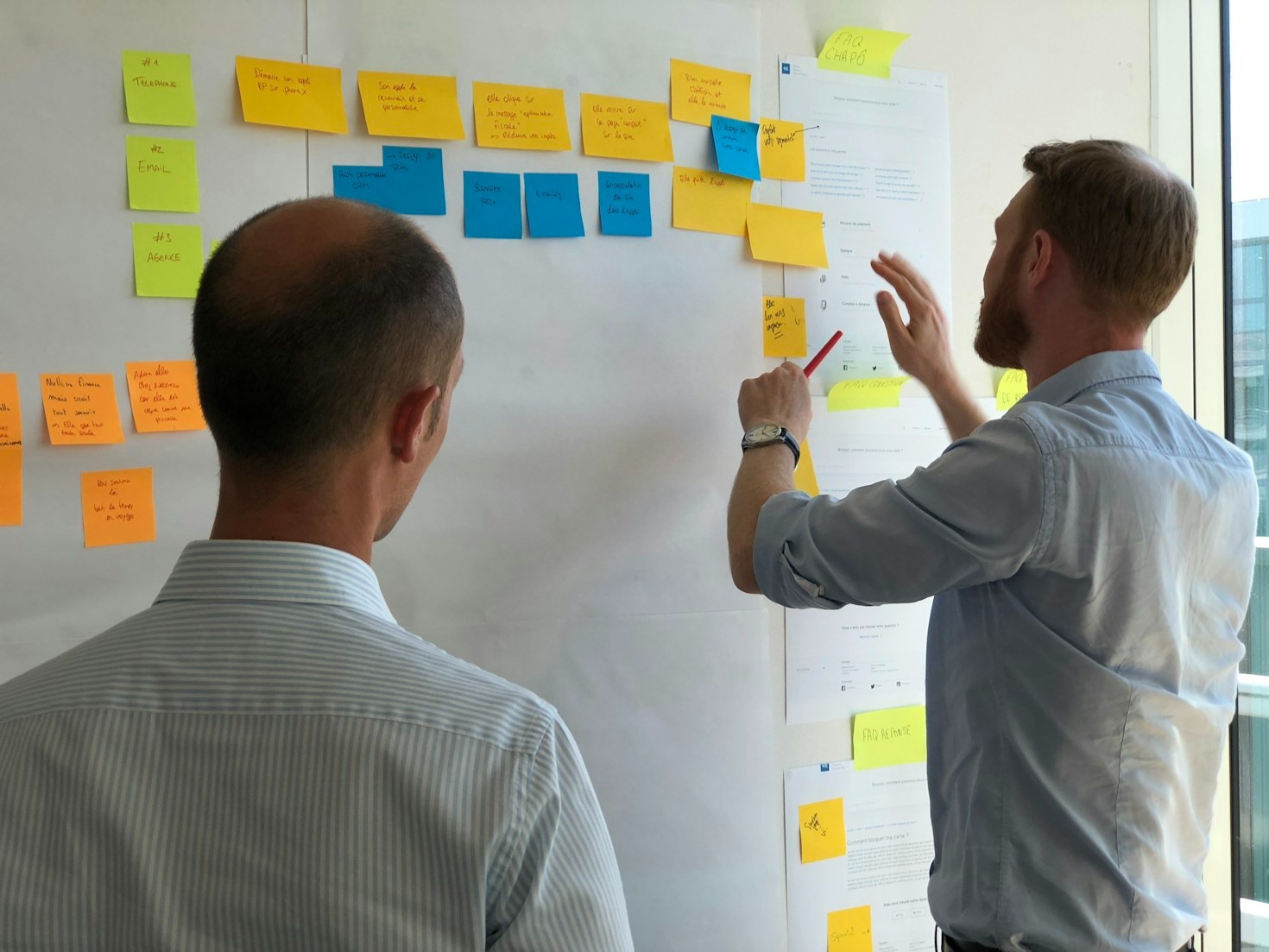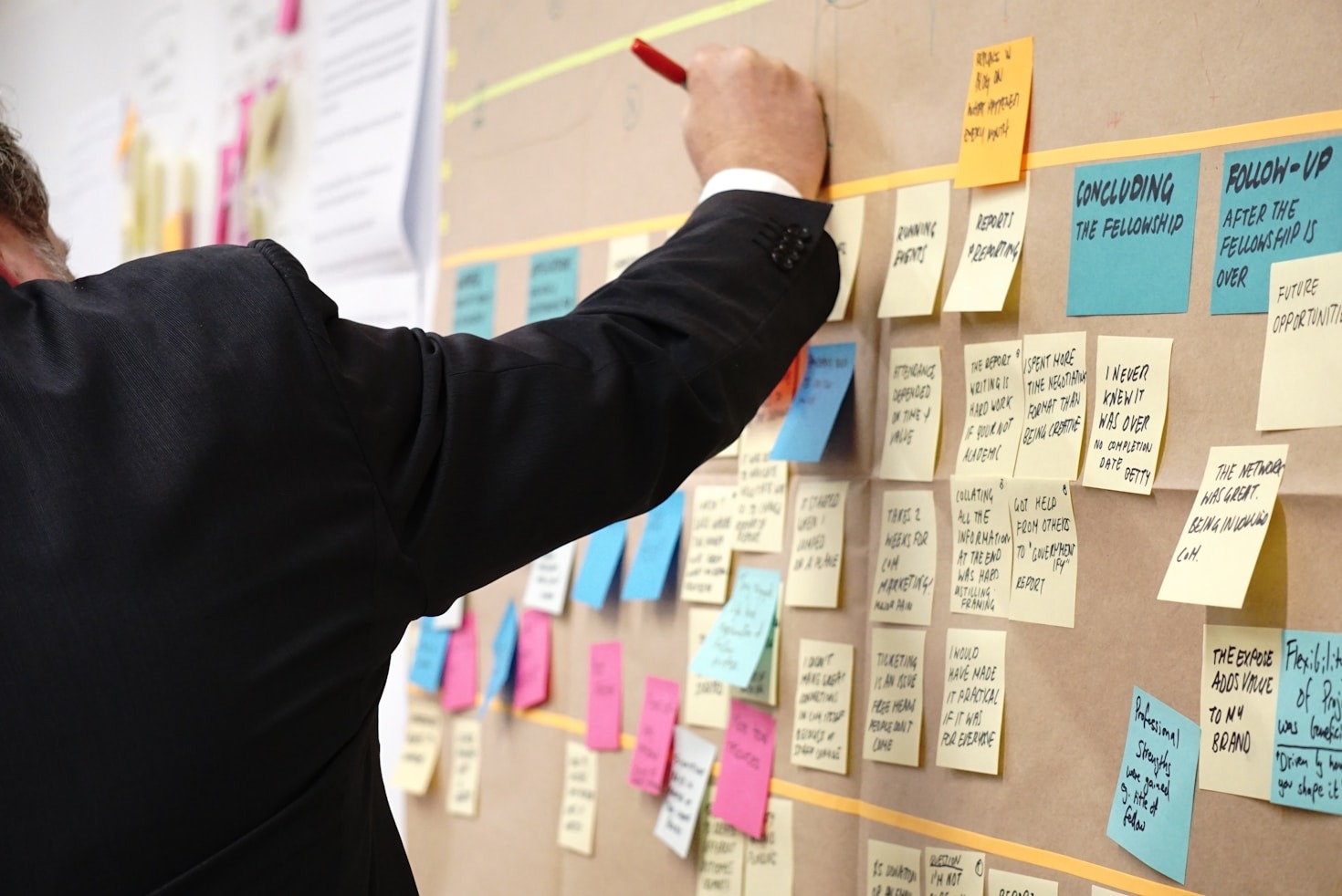If you’ve ever tried running something big in WordPress, like sending hundreds of emails, generating reports, or backing up files, you probably noticed something: your site gets slow or even crashes.
Why? Because WordPress isn’t built to handle heavy tasks all at once.
But don’t worry. There’s a better way. In this post, we’ll look at how you can run heavy tasks in the background without hurting your website’s speed or reliability.
The Problem with Doing Everything at Once
WordPress works in a request-response cycle. When someone clicks a button, the server starts processing. If it takes too long (like more than 30 seconds), the request times out, and the user sees an error.
Imagine trying to send 500 emails at once. The server might hang, and users will blame you for a “broken” site.
So the question is: how do we break up big tasks so they don’t overload the system?
The Solution: Background Processing
Background processing means breaking a big job into smaller parts and running them gradually.
Let’s say you need to process 1,000 orders:
- Instead of processing all 1,000 orders right away
- You process 25 at a time in the background
- The site stays fast, and the work still gets done
Now let’s see how you can do that in WordPress.
Option 1: Using wp_schedule_event() (Cron Jobs)
WordPress has its own built-in task scheduler called WP-Cron. You can schedule tasks like this:
if ( ! wp_next_scheduled( 'my_task_hook' ) ) {
wp_schedule_event( time(), 'hourly', 'my_task_hook' );
}
add_action( 'my_task_hook', 'my_task_function' );
function my_task_function() {
// Process part of your heavy task here
}
This works well for small tasks, but isn’t perfect for time-sensitive or very large jobs. Also, it only runs when someone visits the site.
Option 2: Action Scheduler (Used by WooCommerce)
Action Scheduler is a powerful background task library. It lets you queue actions and run them safely, even on big sites.
Example:
as_schedule_single_action( time() + 60, 'my_async_task' );
add_action( 'my_async_task', 'run_my_async_task' );
function run_my_async_task() {
// Your logic here
}
You can process batches, retry failures, and view logs. It’s free and easy to include in your plugin.
Option 3: Custom Queues with AJAX and Transients
If you want full control, you can create your own background job system using:
- Transients to store queue data
- AJAX to process small chunks
- JavaScript to trigger each chunk one after another
This takes more work but gives you full flexibility.
Real Example: Directorist Plugin
Let’s apply this to a real-world case. Imagine a directory plugin like Directorist. It lets users import hundreds or thousands of business listings from a CSV file. Trying to handle all of those at once could cause a timeout or crash.
Instead, you can process 50 listings at a time in the background. The user sees a smooth experience, and your server doesn’t get overwhelmed.
Other examples include:
- Sending renewal emails to hundreds of listing owners
- Deleting hundreds of expired listings during a cleanup
- Migrating large sets of custom fields after a major update
Each of these can be handled safely using background jobs.
Which One Should You Use?
- For simple scheduled tasks:
wp_schedule_event() - For reliable, scalable background jobs: Action Scheduler
- For full control and custom UIs: Custom queue logic with AJAX
Final Thoughts
If your plugin or theme runs big tasks, don’t do it all at once.
Split it. Schedule it. Process it safely.
Your users will thank you. Your server will too.
Background processing is not just a smart idea. It’s essential if you want your site to stay fast, smooth, and stable.
Now you know how to do it.










